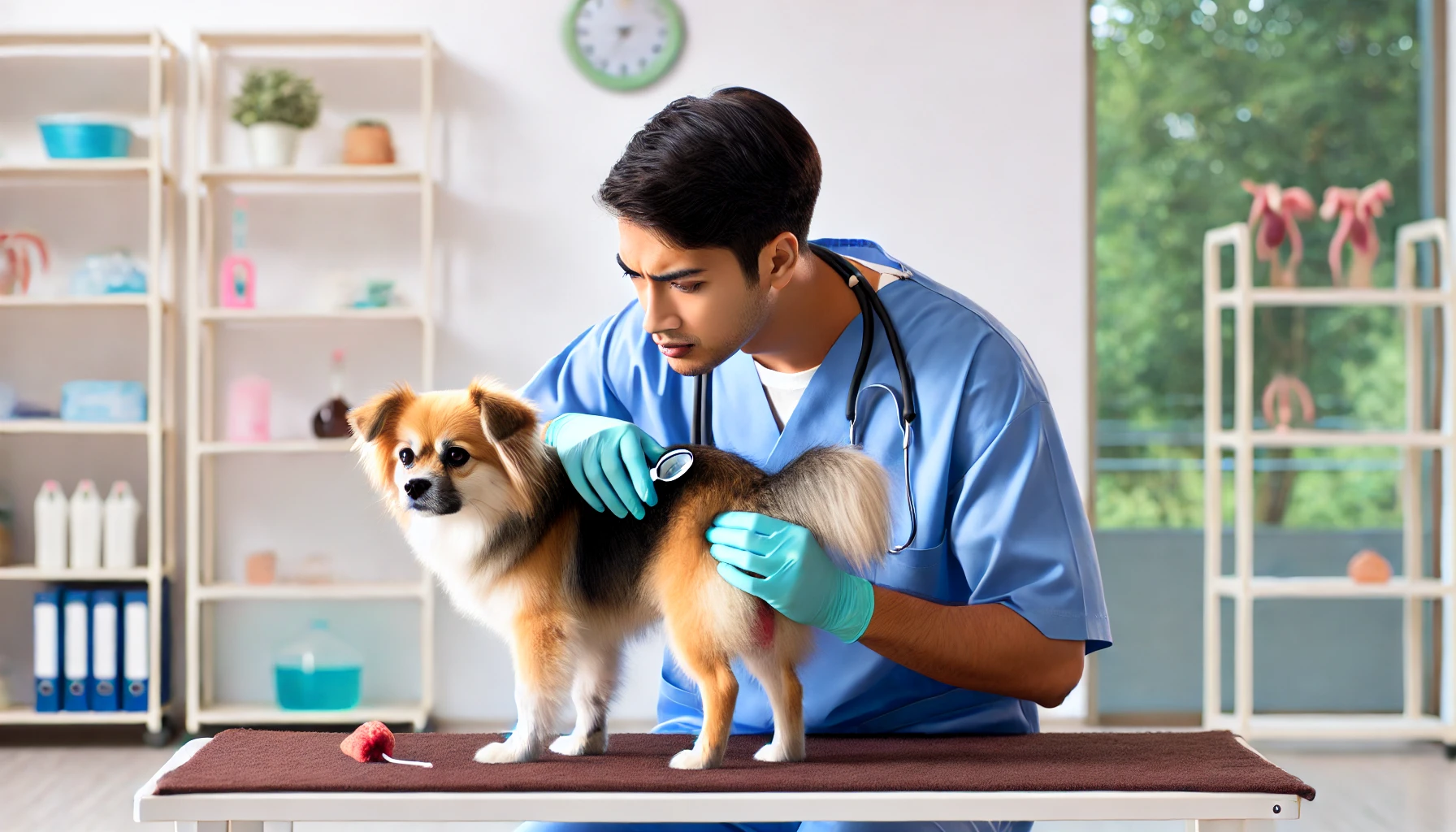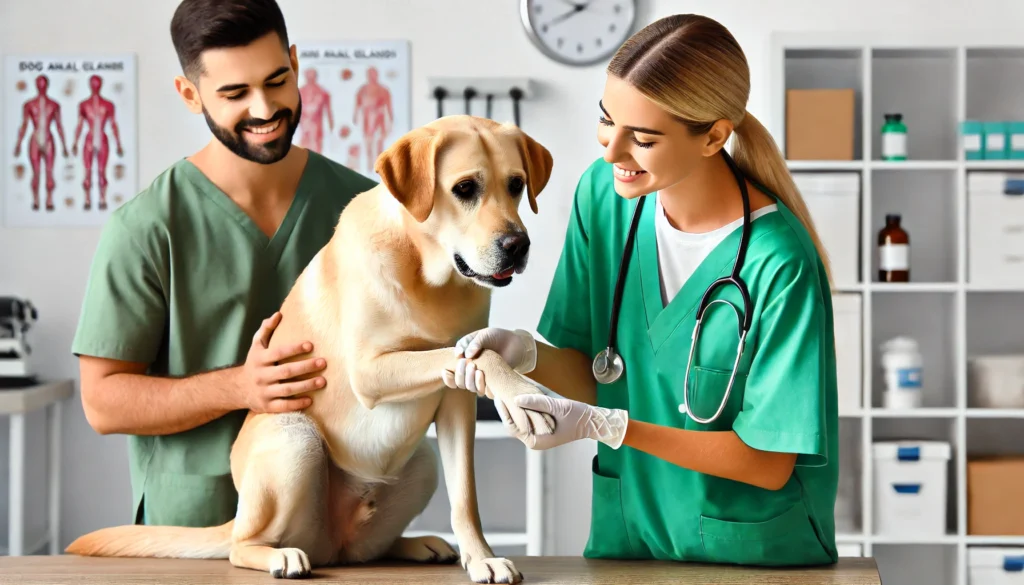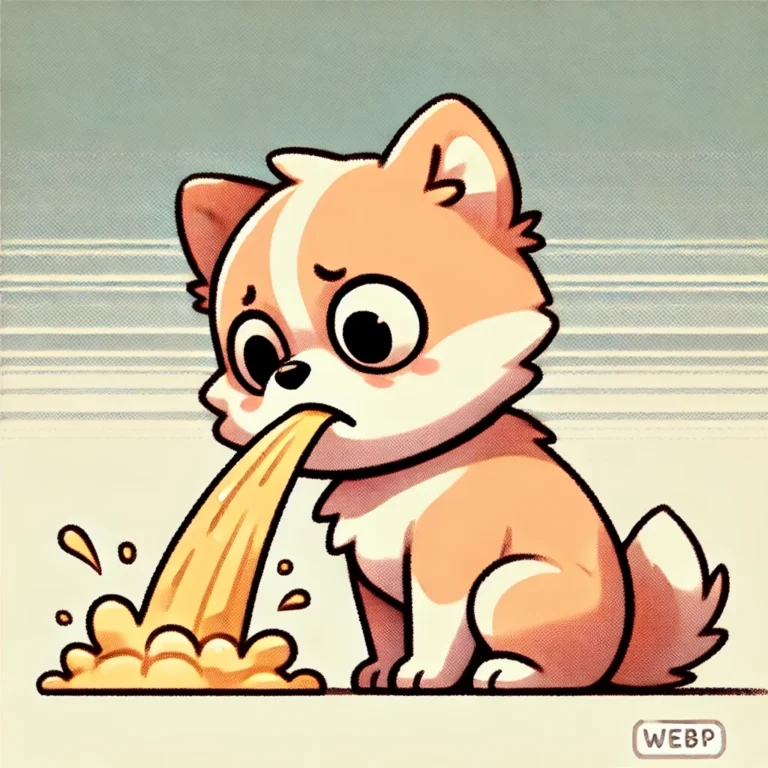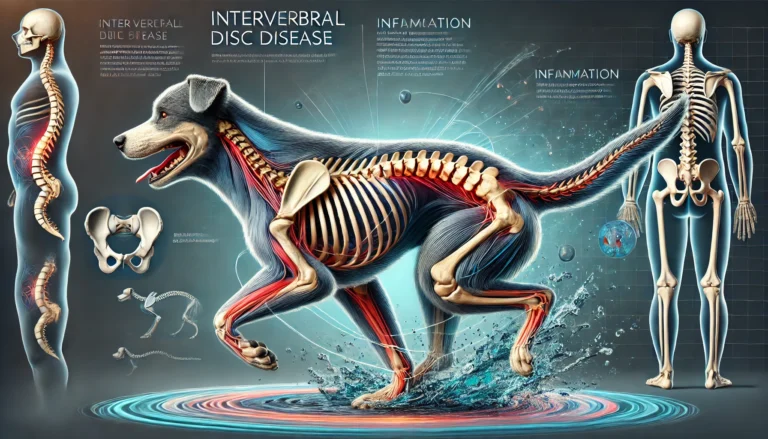how to tell if dogs anal glands are full?

Suffering to understand dogs anal glands??
Anal glands in dogs, though a small part of their anatomy, can lead to significant discomfort if not properly managed. These glands, positioned near the dog’s anus, can become impacted, infected, or even abscessed if the fluid they secrete is not regularly expressed. Understanding the symptoms of anal gland issues and knowing how to safely express these glands is crucial for maintaining your dog’s comfort and health.

Understanding Dog Anal Glands
Each dog has two anal glands, also known as anal sacs, which are located on either side of the anus. These glands produce a smelly secretion that is used for marking territory and communication. Problems arise when these glands do not empty properly.
Common dogs anal glands Issues
- Impaction: The most frequent issue where glands do not empty properly, causing discomfort.
- Infections and Abscesses: If impaction is left untreated, it can lead to serious infections or abscesses that might require surgical intervention.
- Over-expression: Some dogs may have overly sensitive glands that express at inappropriate times, causing frequent and unwanted smells or even stress to the animal.
Symptoms of dogs anal glands Issues
- Scooting or dragging the rear on the ground
- Excessive licking or biting at the anus
- Swollen or firm glands palpable near the anus
- Visible discomfort or pain around the rear
- Foul-smelling discharge from the anus
How to Express Dog Anal Glands Safely
Expressing your dog’s anal glands may be necessary to relieve impaction or regular maintenance if your dog frequently suffers from anal gland issues. Here’s how to perform it safely:
Preparation and Tools for dogs anal glands
- Disposable gloves
- Paper towels
- Warm, damp cloths
- Dog-safe disinfectant or cleaner
Step-by-Step Expression Guide for dogs anal glands
- Position Your Dog: Have your dog stand comfortably. Smaller dogs can be placed on a stable surface or held gently in your lap.
- Locate the Glands: Wearing gloves, lift your dog’s tail and locate the anal glands at the 4 and 8 o’clock positions around the anus.
- Apply Gentle Pressure: Using a paper towel to catch the secretion, squeeze the gland gently between your thumb and forefinger. The motion should be inward and upward.
- Clean the Area: After expressing, clean the area with a damp cloth and apply a pet-safe disinfectant to prevent infection.
- Monitor for Complications: After expressing, observe your dog for any signs of continued discomfort or irritation, which could indicate an infection or improper expression.
When to See a Veterinarian for dogs anal glands
While regular maintenance can be handled at home, there are circumstances where a professional should intervene:
- If the anal glands appear infected or abscessed during the checkup of dogs anal glands.
- If there is blood or pus in the secretion.
- If your dog shows signs of severe pain.
- If you’re unsure how to express the glands safely.
Diet and Prevention for dogs anal glands
- High-Fiber Diet: Feeding your dog a high-fiber diet can help create bulkier stools, which naturally help express the anal glands.
- Regular Check-Ups: Frequent vet visits can help catch gland issues before they become severe.
- Proper Hydration: Ensuring your dog is well-hydrated is crucial for overall health and can aid in regular gland function.
DO YOU KNOW?
Introduce fresh fruits to your dog slowly and monitor for allergies. They should complement, not replace, regular meals. Avoid processed fruits.
Conclusion of dogs anal glands
Anal gland issues are a common but manageable concern in dogs. Understanding how to care for and, when necessary, express these glands, can prevent serious health issues. Always approach this care routine with sensitivity and patience, and when in doubt, seek professional veterinary assistance to ensure your dog’s health and well-being.
Dog swollen anus treatment at home
Apply warm compresses to reduce swelling and clean the area with dog-safe antiseptic wipes. Consult your vet if swelling persists.
Symptoms of blocked anal glands in dogs
Scooting, licking the anus, a foul smell, and visible discomfort are common signs.
Dog anal gland expression
Gently squeeze the glands located at the 4 and 8 o’clock positions around the anus to release fluid.
How to express dog anal glands
With clean gloves, apply gentle pressure to the glands through the skin, pushing upwards and inwards.
Infected anal glands in dogs:
Symptoms include swelling, pain, pus or bloody discharge, and fever. Veterinary treatment is required.
Ruptured anal gland dog
A rupture may present as an open sore or wound near the anus. This requires immediate veterinary care to prevent complications.
Swollen anal glands in dogs
Often indicated by the dog scooting or excessively licking the area. Glands may feel firm.
Impacted anal glands in dogs
The glands are overly full and unable to express naturally, causing discomfort and potential infection.
What causes anal gland problems in dogs
Common causes include poor diet, obesity, allergies, chronic infections, and anatomy issues.
How often to express dog glands:
Depends on the dog; some may never need it, while others with chronic problems might need monthly expressions. Consult with a vet for a tailored schedule.






